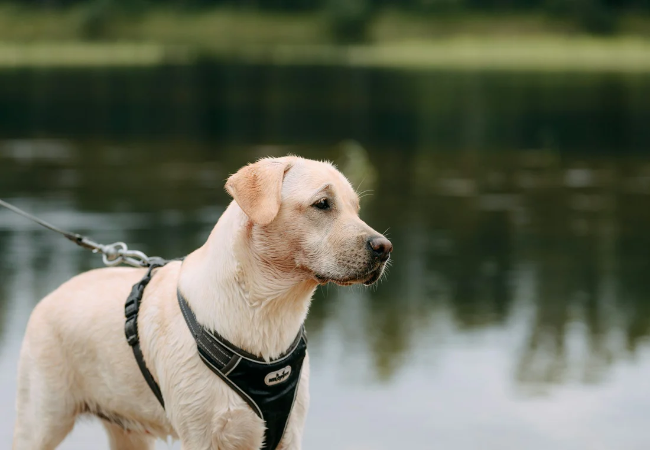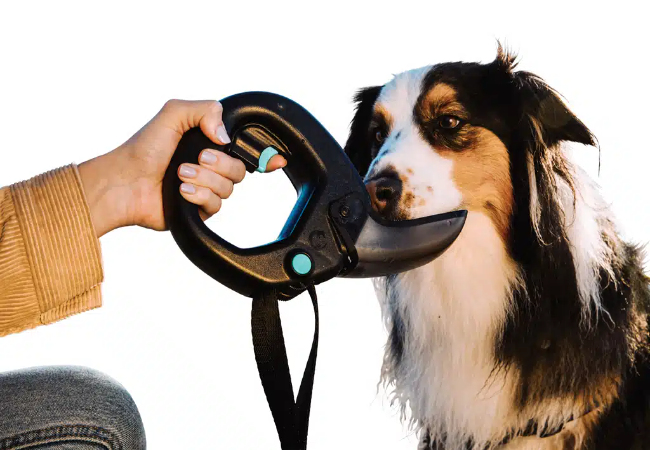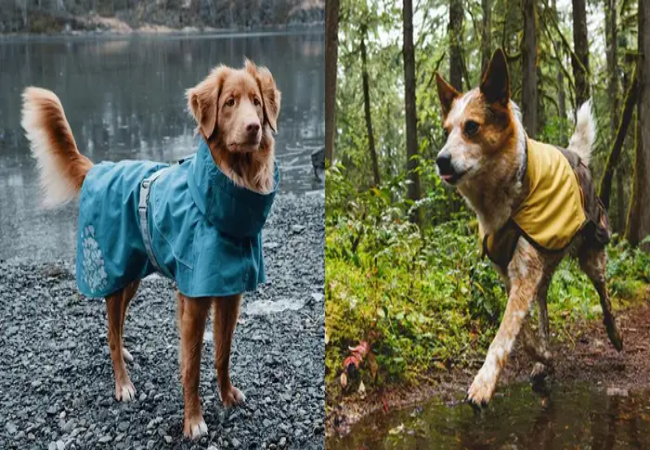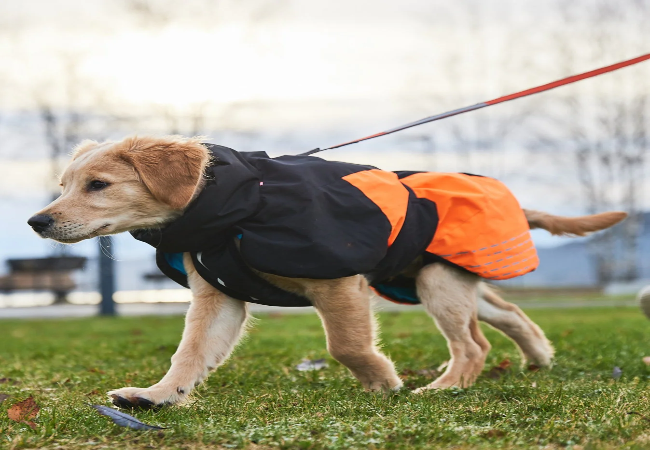Vet-Approved 2025: Harness vs Head Collar for Pulling Dogs 🐕🩺

In this article
Vet-Approved 2025: Harness vs Head Collar for Pulling Dogs 🐕🩺
By Dr. Duncan Houston BVSc
If your dog turns every walk into a sled race, you’ve probably heard two suggestions: try a harness or use a head collar. But which actually works—and which is safer?
As a veterinarian and founder of Woopf, I’ve helped train and treat thousands of dogs with leash-pulling issues. In this guide, I’ll break down the real differences between harnesses and head collars, so you can make the best, safest choice for your dog.
🔍 Quick Comparison Table
| Feature | Harness | Head Collar |
|---|---|---|
| Controls Pulling | ✅ Yes (front-clip) | ✅ Yes (via head redirection) |
| Risk of Injury | 🟢 Low | 🟡 Moderate (neck strain if misused) |
| Dog Comfort | 🟢 High | 🔴 Often disliked or resisted |
| Ease of Use | ✅ Easy to fit | ❌ Needs training |
| Recommended by Vets | ✅ Yes (most cases) | ⚠️ With caution |
🦮 What Is a Dog Harness?
A harness fits around your dog’s torso and distributes pressure across the chest and shoulders. It avoids the throat and is especially helpful for:
- Strong pullers
- Flat-faced or small-breed dogs
- Long walks and active lifestyles
Best Pick: The Woopf Explorer Harness with a front clip for no-pull training.
🐕 What Is a Head Collar?
A head collar (like the Halti or Gentle Leader) loops around your dog’s muzzle and attaches beneath the chin. It gently redirects the head when they pull, controlling their direction like a horse halter.
Pros:
- Very effective at stopping forward momentum
- Useful for dogs too strong for their owners
Cons:
- Many dogs resist wearing it
- Can cause neck strain if your dog lunges suddenly
- May lead to pawing or rolling to remove it
🩺 What Vets and Studies Recommend
Research in the Elsevier Journal of Animal Behaviour shows that harnesses reduce pressure on the cervical spine and encourage a natural gait—making them safer for daily use.
Head collars should only be used with proper training and never for prolonged periods or without supervision. They’re best as short-term tools, not long-term walking gear.
✅ When to Use a Harness
- Your dog pulls occasionally or moderately
- You want a daily walk setup
- You need safety, comfort, and training support
⚠️ When to Consider a Head Collar (Short-Term)
- Your dog is extremely strong and pulling is dangerous
- You are training leash manners under professional guidance
- Other gear has failed, and you need temporary control
💡 Combine With Training for Best Results
Neither tool is magic. Use positive reinforcement, loose-leash walking techniques, and consistent training to reduce pulling. Always reward good leash behavior and redirect before tension builds.
🎁 Products to Support No-Pull Training
- Explorer Harness – Front/back clip, reflective design
- Bungee Lead – Absorbs shock from sudden pulls
- Dual Pocket Treat Bag – Reward good leash behavior fast
Final Thoughts
For most dogs, a front-clip harness is the best long-term walking solution. It offers control without discomfort, supports proper gait, and helps train loose-leash walking safely. Head collars may work short-term—but come with risks and require patience.
Choose vet-designed harnesses at Woopf.com and start walking with confidence today.



